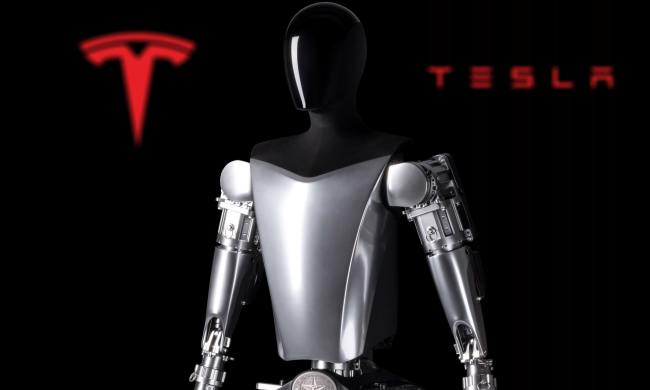Stellantis — the new automaker created by the recent merger of Fiat Chrysler Automobiles (FCA) and France’s PSA Group — is headed to CES 2022. While predecessor FCA was a perennial presence at the annual tech fest, this will be Stellantis’ first CES. So the company is looking to present a tech-forward image with a lineup heavy on electric cars and plug-in hybrids, including some that aren’t available in the United States.
Headlining Stellantis CES’ exhibit will be a Chrysler Airflow concept car, named after the revolutionary model of the 1930s that pioneered aerodynamic styling. Full details are being kept under wraps until the concept’s reveal, scheduled for January 5, 2022. Note that Chrysler presented a similarly named Airflow Vision concept at CES 2020.
Stellantis has a staggering 14 brands under its corporate umbrella, including Citroën, which hasn’t had sold cars in the U.S. in decades. Brought into Stellantis as part of PSA Group, Citroën will make a return of sorts by showing its Skate concept and Ami EV at CES. The Skate is essentially a rolling platform that can be fitted with different bodies, while the Ami is a tiny EV with a 28-mph top speed that European drivers can rent for the equivalent of $22 a month with a $3,000 down payment. It’s unlikely that Americans will be able to buy a new Citroën anytime soon, but the Ami has been tipped for Stellantis’ Free2Move mobility service.
DS, a more luxurious spinoff of Citroën, will show off its E-Tense FE21 Formula E race car. Like Citroën, DS probably won’t start selling cars in the U.S. under the new Stellantis brand, but development of future models will likely be merged with U.S. brands like Chrysler, Dodge, and Jeep. Speaking of Jeep, the off-road brand will have its Wrangler 4xe and Grand Cherokee 4xe plug-in hybrids, the luxurious Wagoneer and Grand Wagoneer SUVs, and the all-electric Magneto concept (first shown earlier this year) on hand.
Fiat currently sells cars in the U.S., but the new Fiat 500 Stellantis it also plans to show at CES hasn’t made it here yet. Already on sale in Europe, the new 500 maintains the retro styling of its predecessor, but is now available only with electric powertrains. Stellantis quotes a range of about 200 miles, albeit on the more optimistic European WLTP testing cycle.
In July, Stellantis announced ambitious electrification plans, including an electric Dodge muscle car and Ram pickup truck. To support that, it announced battery-manufacturing joint ventures with LG and Samsung, set to come online in 2024 and 2025, respectively. Stellantis is also investing in Factorial, a startup developing solid-state batteries that it claims offer better performance than the lithium-ion batteries used in current EVs.


